
Home & Garden Sundries Supplier
MIF+Garden, Your Bridge To Happy Life- contact us
james.li@mif-garden.com
sales@mif-garden.com
sales001@mif-garden.com - call us anytime
86-18616678980
86-18165659162
86-18923082607

Pubdate: 2024-04-29
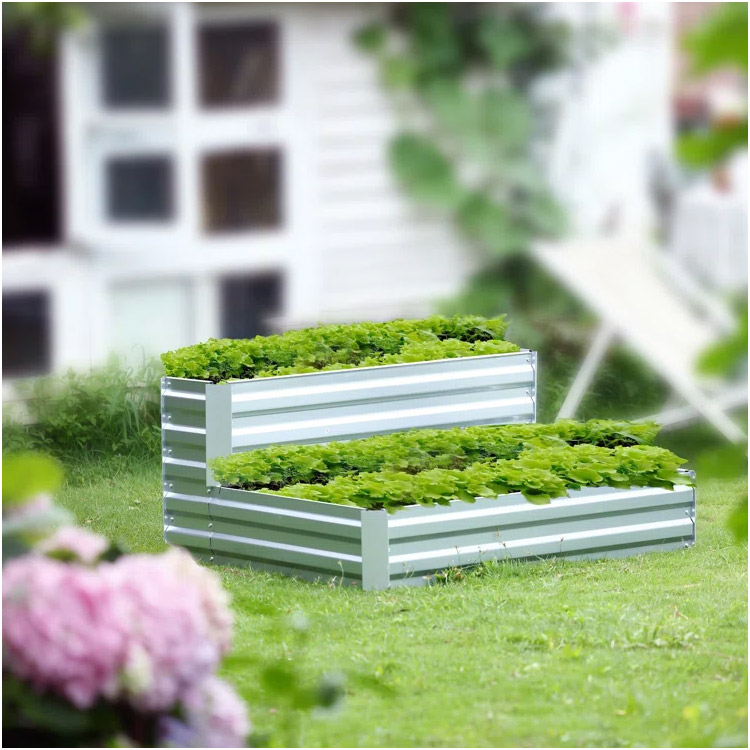
In the realm of gardening, the raised garden bed—or elevated planter—has emerged as a versatile and popular addition to outdoor spaces. Whether you're a seasoned green thumb or a novice gardener, a raised garden bed offers a host of benefits that can transform your gardening experience. In this comprehensive guide, we'll delve into the ins and outs of raised garden beds, discussing their design, benefits, and providing step-by-step instructions for building and maintaining your own. So, grab your gardening gloves and let's get started!
Chapter 1: Understanding Raised Garden Beds
--------------------------
A raised garden bed, simply put, is a frame filled with soil that is higher than the surrounding ground. This elevated design offers several advantages over traditional in-ground gardens. First and foremost, raised beds provide excellent drainage, ensuring that your plants' roots don't sit in waterlogged soil. This is especially beneficial in areas with heavy rainfall or clay soil.
Moreover, raised garden beds allow for easier access to your plants, reducing the need for bending or kneeling. This can be a game-changer for gardeners with mobility issues or those who find it difficult to work on the ground. Additionally, the elevated position of the soil in a raised bed warms up faster in the spring, extending your growing season and giving you a head start on planting.
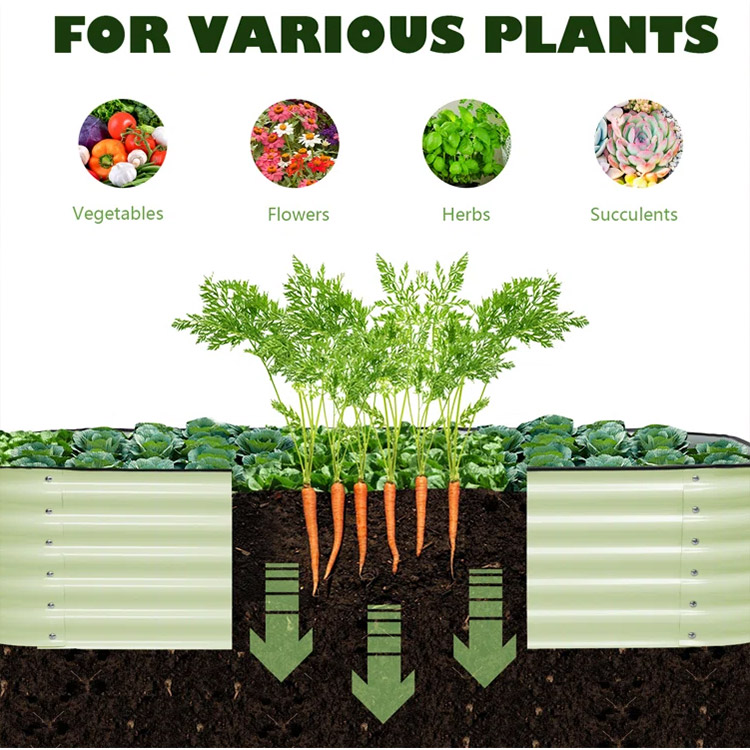
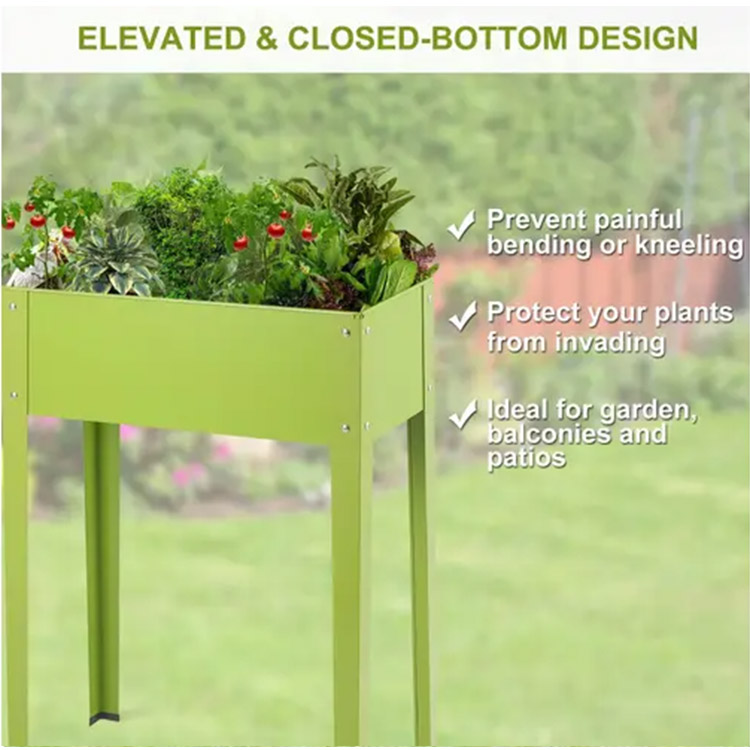
Chapter 2: Design Considerations for Your Raised Garden Bed
------------------------------------
When it comes to designing your raised garden bed, there are several key factors to consider.
### Size and Shape
First, determine the size of your raised bed based on the available space in your yard and the types of plants you intend to grow. While there are no hard and fast rules, a good starting point is to aim for a bed that is at least 4 feet wide and 8 feet long. This size allows for easy access from all sides and provides enough room for a variety of plants. As for shape, rectangular beds are the most common, but you can also experiment with circular, square, or even irregular shapes to suit your taste and space.
### Material
Next, choose a material for your raised bed that is durable, rot-resistant, and complements the style of your outdoor space. Wood is a popular choice due to its natural beauty and affordability. Cedar and redwood are excellent options as they are naturally resistant to rot and insects. However, if you're looking for a longer-lasting material, consider using composite lumber or plastic lumber. These synthetic materials mimic the look of real wood but require less maintenance and are more durable.
Stone and brick are also viable options for raised beds, offering a classic and elegant look. However, keep in mind that these materials can be heavier and more expensive than wood.
### Height
The height of your raised bed is another important consideration. A taller bed—say, 2 to 3 feet high—may be easier to work in, especially for those with mobility issues. It also provides better drainage and allows for deeper root growth. However, keep in mind that a taller bed requires more soil and can be less stable in windy areas. Conversely, a lower bed—around 1 foot high—is more stable but may require bending or kneeling to reach the plants.
### Location
Location, location, location! The placement of your raised garden bed is crucial to its success. Choose a spot that receives at least six hours of direct sunlight per day to ensure optimal growth for most plants. However, if you're planning to grow shade-loving plants, position your bed in a spot that receives partial shade or dappled sunlight.
Also, consider the proximity of your raised bed to a water source for easy irrigation. And if possible, situate your bed away from trees and large shrubs to reduce competition for nutrients and water.
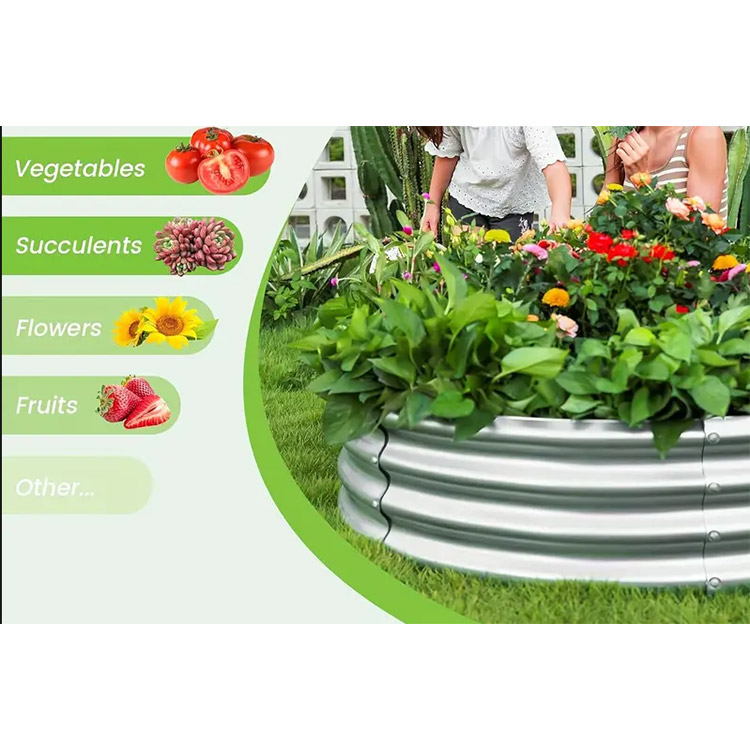
Chapter 3: Benefits of Raised Garden Beds
-------------------------
Now that we've discussed the design considerations for your raised garden bed, let's delve into the myriad of benefits that this gardening method has to offer.
### Improved Drainage
As mentioned earlier, the elevated position of the soil in a raised bed allows for excellent drainage. This is especially beneficial in areas with heavy rainfall or clay soil, as it prevents waterlogging and ensures that your plants' roots receive the right amount of oxygen.
### Extended Growing Season
The warmer soil temperatures in raised beds can encourage earlier germination and longer growing seasons. This is because the elevated position of the soil allows it to warm up faster in the spring and retain heat longer in the fall. As a result, you can start planting earlier in the season and continue harvesting later into the fall.
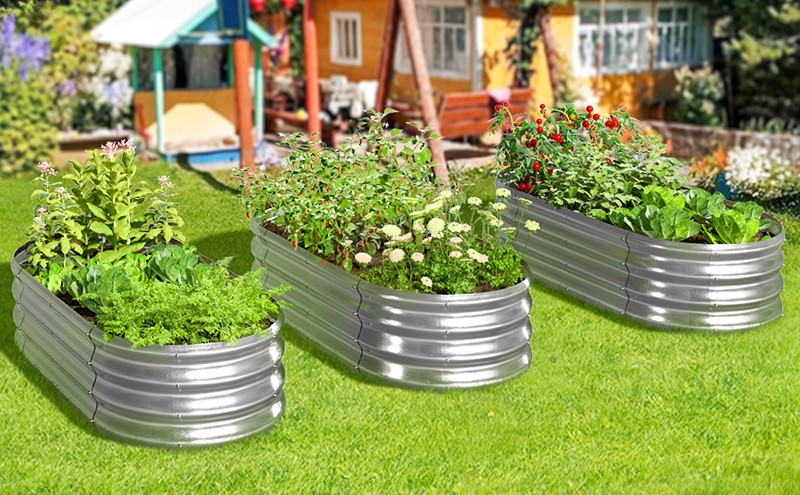
Chapter 4: Building Your Own Raised Garden Bed
-----------------------------
Now that you understand the benefits and design considerations of raised garden beds, it's time to roll up your sleeves and start building! Here's a step-by-step guide to help you create your own raised garden bed.
### Materials Needed
* Wood (cedar, redwood, or composite lumber)
* Galvanized screws or nails
* Drill and bits
* Saw (circular, handsaw, or miter saw)
* Tape measure
* Pencil
* Safety goggles and gloves
* Landscape fabric or plastic sheeting (optional)
### Steps
1. **Measure and Mark**: Using your tape measure and pencil, measure and mark the dimensions of your raised bed onto the wood. Double-check your measurements to ensure accuracy.
2. **Cut the Wood**: Using your saw, cut the wood pieces according to the measurements you marked in the previous step. Wear safety goggles and gloves for protection.
3. **Assemble the Frame**: Arrange the cut wood pieces to form the perimeter of your raised bed. Drill or nail the pieces together, making sure the corners are square and the frame is level. For added stability, you can use corner braces or additional supports.
4. **Line the Bed** (Optional): To prevent weeds and help retain moisture, you can line the inside of your raised bed with landscape fabric or plastic sheeting. Cut it to size and secure it in place with staples or nails.
5. **Fill with Soil**: Now it's time to fill your raised bed with soil. Mix together a blend of good-quality soil and compost to create a fertile growing medium. Fill the bed to within a few inches of the top, leaving room for settling and watering.
6. **Plant Your Garden**: Once your raised bed is filled with soil, it's time to plant! Choose a variety of plants that thrive in your climate and soil type, and arrange them in your garden bed according to their growing needs and your design preferences.
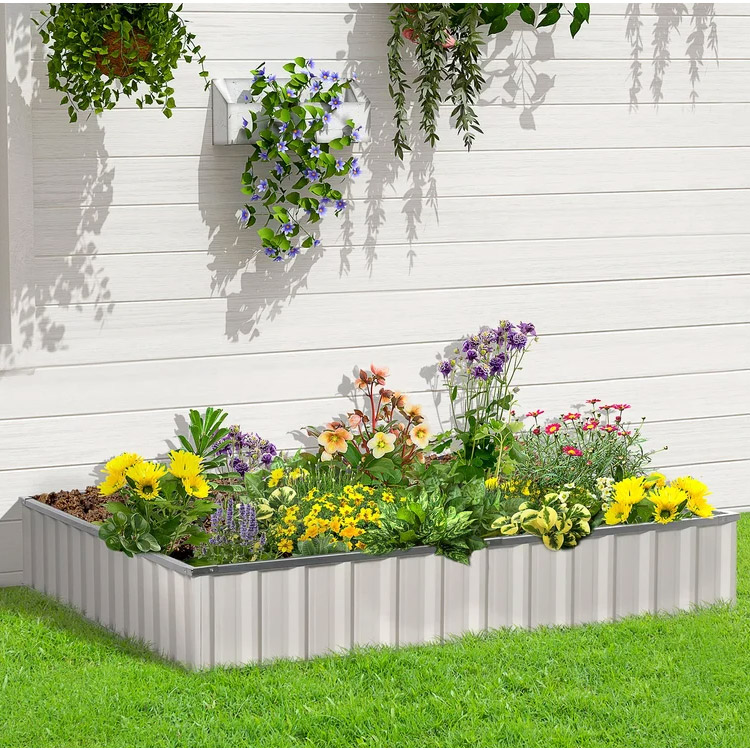
Chapter 5: Maintaining Your Raised Garden Bed
-----------------------------
Maintaining your raised garden bed is crucial to ensuring its longevity and the health of your plants. Here are some tips for keeping your raised bed in tip-top shape:
### Watering
Water your raised bed regularly, taking into account the needs of your specific plants. Deep and infrequent watering is generally better than shallow and frequent watering, as it encourages deep root growth. Install a drip irrigation system or use a soaker hose for efficient and effective watering.
### Weeding
Weeds can quickly take over a garden bed, competing with your plants for nutrients, water, and space. Regularly remove weeds from your raised bed, either by hand or with the help of a hoe or cultivator. Mulching around your plants can also help suppress weed growth.
### Fertilizing
Feed your plants with a balanced fertilizer to ensure they receive the necessary nutrients for healthy growth. Organic fertilizers, such as compost or manure tea, are excellent choices for raised garden beds. Apply fertilizer according to the recommendations on the package or as needed based on the growth of your plants.
### Pest Control
Inspect your raised bed regularly for signs of pests or diseases. If you spot any unwanted critters, identify them and take appropriate action to eliminate them. Organic pest control methods, such as companion planting or the use of neem oil, can be effective in managing pests without harming your plants or the environment.
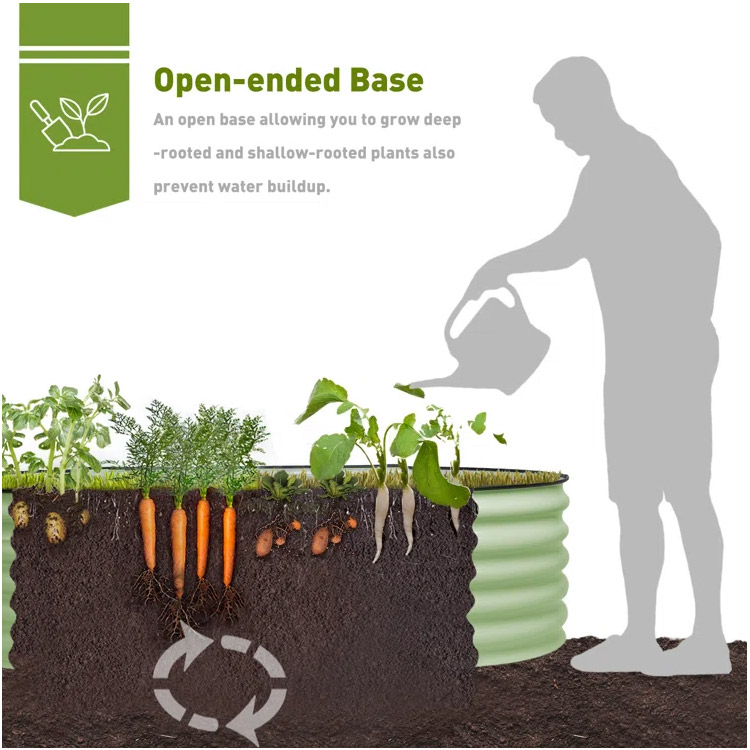
Chapter 6: Troubleshooting Common Issues
---------------------------
Despite your best efforts, you may encounter some common issues with your raised garden bed. Here are a few troubleshooting tips to help you resolve these problems:
### Poor Drainage
If your raised bed is not draining properly, consider adding more organic matter to your soil mix to improve porosity. You can also install drainage holes in the bottom of your bed if needed.
### Waterlogging
If your raised bed is prone to waterlogging, ensure that the soil mix you are using is well-draining. You can also try elevating your bed further by adding a layer of gravel or coarse sand at the bottom before filling it with soil.
### Nutrient Deficiencies
If your plants are showing signs of nutrient deficiencies, such as yellowing leaves or stunted growth, it may be time to fertilize your raised bed. Apply a balanced fertilizer according to the package recommendations or have your soil tested to determine specific nutrient needs.
### Pest Infestations
If you're dealing with a pest infestation, identify the culprit and take appropriate action. Organic pest control methods, such as companion planting or the use of neem oil, can be effective in managing pests without harming your plants or the environment.
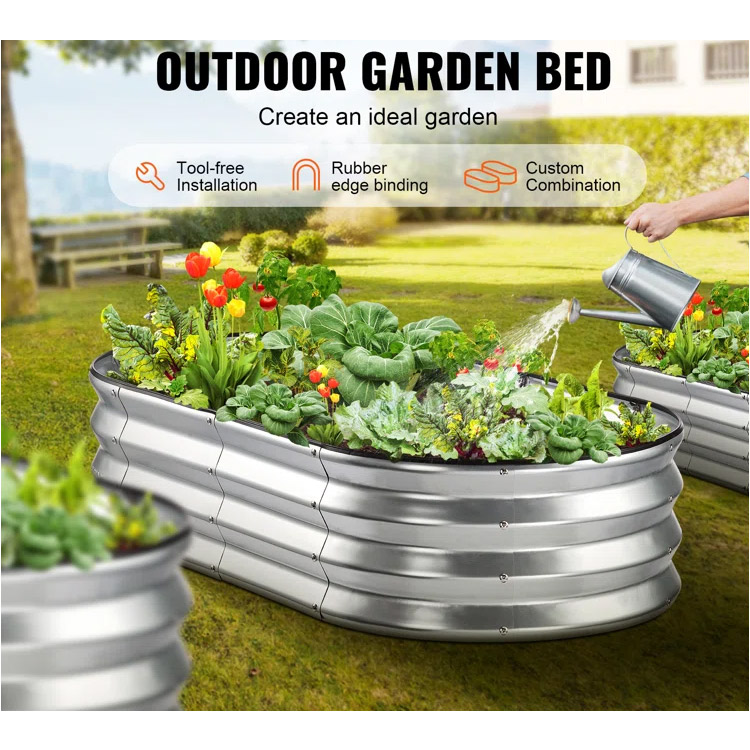
Chapter 7: Expanding Your Raised Garden Bed
-----------------------------
As your gardening skills grow and your appetite for fresh produce increases, you may find yourself wanting to expand your raised garden bed. Here are some tips and ideas for expanding your raised bed to accommodate more plants and variety:
### Adding More Beds
The most straightforward way to expand your raised garden bed is by adding more beds. You can use the same design and materials as your existing bed or mix and match for a more eclectic look. Just make sure to leave enough space between beds for easy access and to prevent overcrowding.
### Increasing Bed Size
If you have the space and resources, you can also consider increasing the size of your existing raised bed. This allows you to grow more plants without having to add more beds. Just make sure to adjust the framing and supports accordingly to accommodate the increased weight and soil volume.
### Vertical Gardening
Another great way to expand your raised garden bed without taking up more ground space is through vertical gardening. By using trellises, obelisks, or other supports, you can train vines and other climbing plants to grow upwards, maximizing your growing space. This is especially beneficial for small yards or patios where space is limited.
### Container Gardening
If adding more beds or increasing the size of your existing bed is not an option, container gardening is a great alternative. You can use pots, planters, or even repurposed containers to grow additional plants around your raised bed. This adds visual interest and allows you to experiment with different plants and growing conditions.
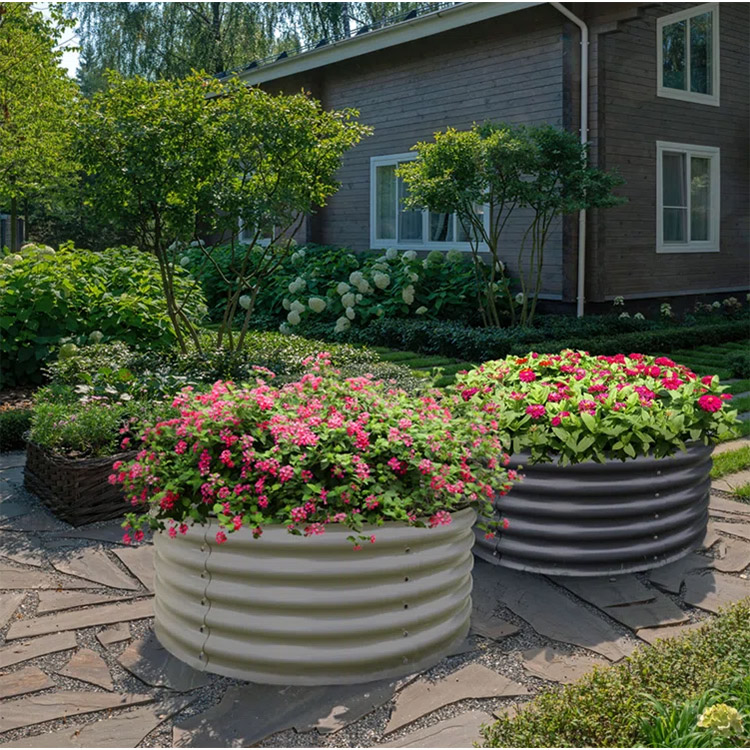
Chapter 8: Enjoying the Fruits (and Vegetables!) of Your Labor
------------------------------------------
After all the hard work of designing, building, and maintaining your raised garden bed, it's finally time to sit back and enjoy the fruits (or vegetables!) of your labor. Here are some ways to make the most of your raised bed harvest:
### Fresh Eating
The most obvious (and delicious) way to enjoy your raised bed harvest is by eating it fresh. Incorporate your homegrown produce into meals and snacks for a burst of flavor and nutrition. Nothing beats the taste of a fresh-picked tomato or the crunch of a just-harvested carrot.
### Preserving
If you find yourself with an abundance of produce, consider preserving it for later use. Canning, freezing, and dehydrating are all great ways to extend the shelf life of your harvest and enjoy it throughout the year.
### Sharing
Sharing your harvest with friends, family, and neighbors is a great way to spread the joy of gardening and build community. You can also consider donating excess produce to local food banks or community gardens.
### Gardening for Wildlife
Your raised garden bed can also provide a haven for wildlife. By planting native flowers and herbs, you can attract butterflies, birds, and other pollinators to your yard. This adds another layer of enjoyment to your gardening experience and helps support the local ecosystem.
In Conclusion
-------
Raised garden beds offer a versatile and accessible way to enjoy the benefits of gardening, regardless of your yard size or mobility issues. With proper planning, maintenance, and care, your raised bed can provide years of enjoyment and fresh produce. So what are you waiting for? Grab your gardening gloves and get started on your own raised garden bed adventure today!
Previous:Discover the Benefits of Coffee Sugar and Tea Canisters Sets Freshness Protection and Style